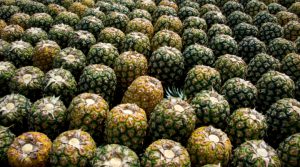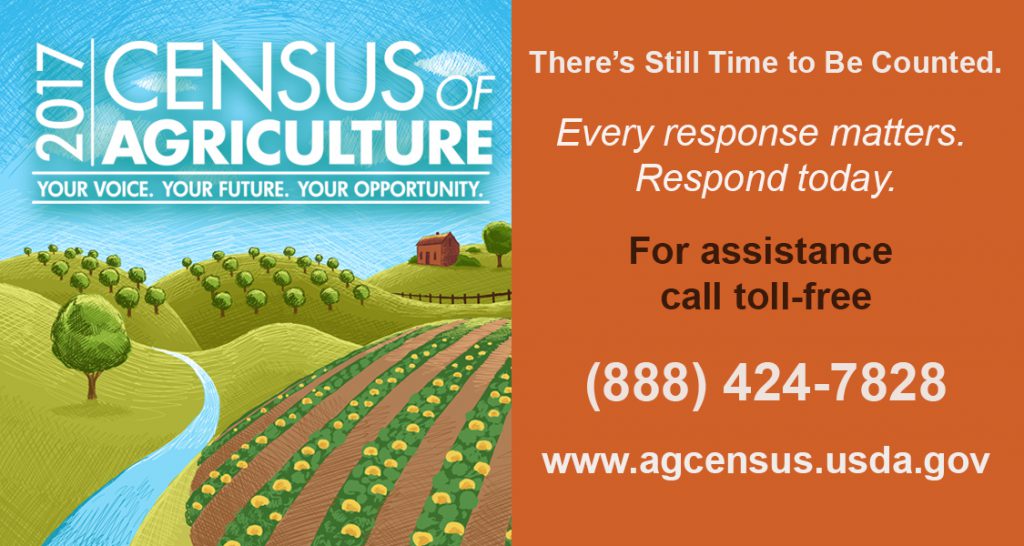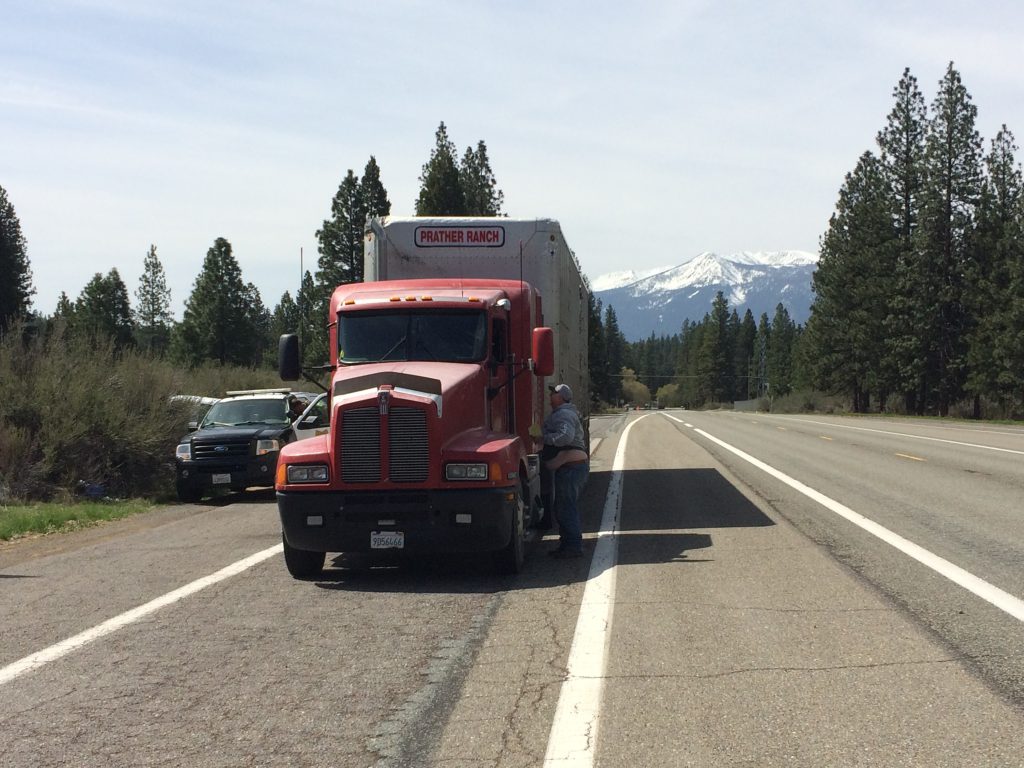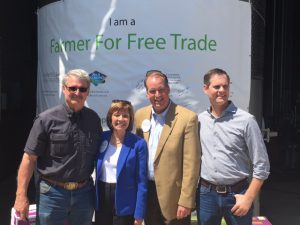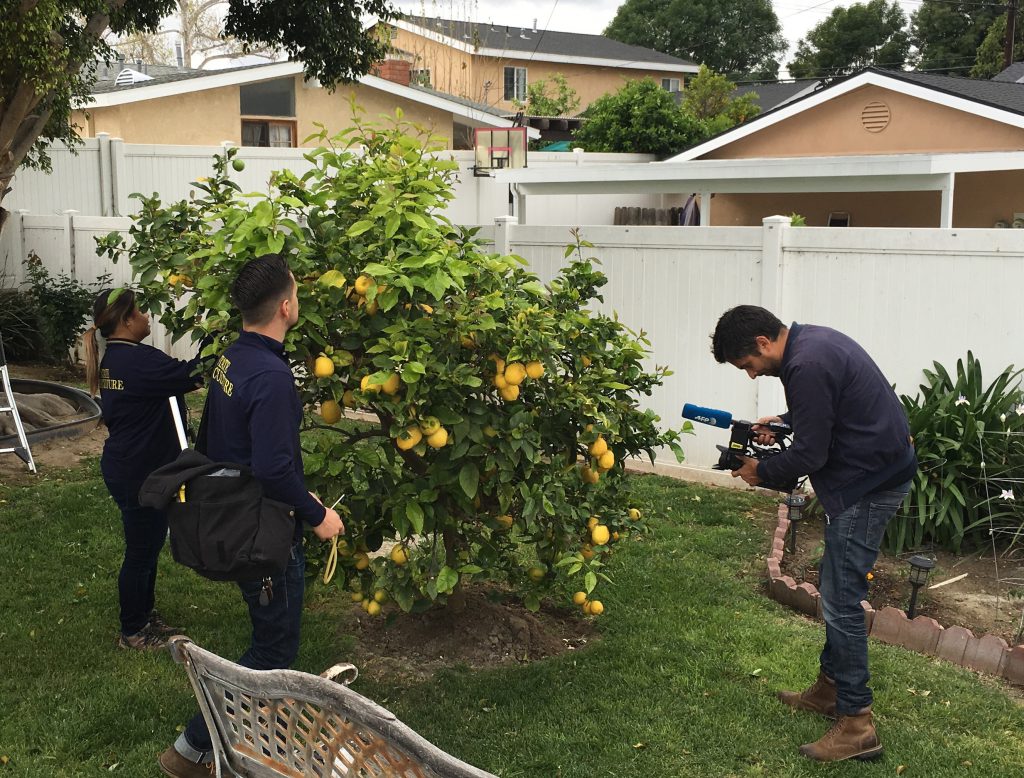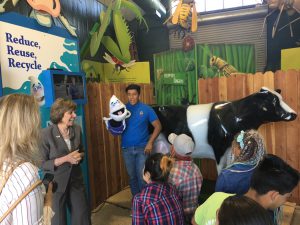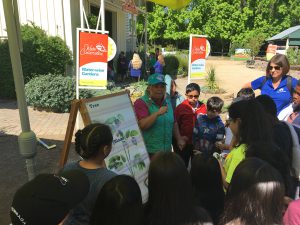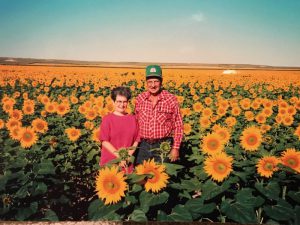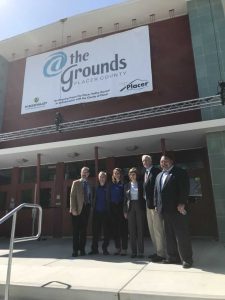
Secretary Ross (center-right) with, from left, Mark Rideout, Deputy Director, Placer County Department of Public Works and Facilities; David Attaway, CEO, Placer Valley Tourism/@the Grounds; Heather Hilton, Chair, Placer Valley Tourism/@the Grounds Board of Directors; Jim Holmes, Chair, Placer County Board of Supervisors; Jack Duran, Vice Chair, Placer County Board of Supervisors
The invitation for the ‘Grand Reveal’ this morning in Roseville promised: “See what happens when you take 60 acres, stir in $10 million, and toss for 304 days!” I was happy to make the drive to Placer County to learn more about a unique partnership between the County of Placer and Placer Valley Tourism to renovate the Placer County Fairgrounds.
Today was a celebration of the completion of the first phase of the renovation and an official re-branding of the property – it is now ‘@the Grounds.’ The final phase of renovation will add a 190,000 square foot indoor sports complex.
The Placer County Board of Supervisors was intent on gathering community input on how to update the Fairgrounds to preserve its agricultural heritage as a place for 4-H and FFA students to show their projects, while also creating a modern community gathering place for the future. Members of the community were full participants in the process, with Placer Valley Tourism acting as a catalyst. The tourism agency is investing $2 million, Placer County is investing $6 million, and the remaining balance of the $40 million project will come from a hotel assessment to back a bond.
It was inspiring to witness a community that came together for the public good. This project is a wonderful testament to the power of public-private partnerships. @the Grounds is a valuable asset for Placer County, its cities, and all of its citizens.



